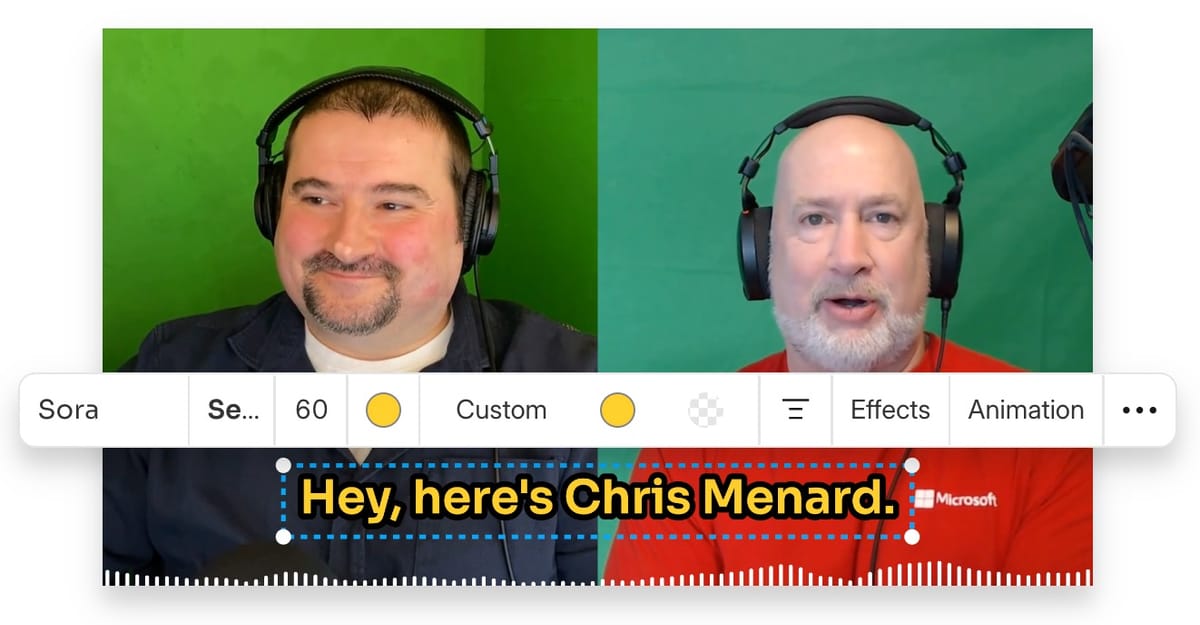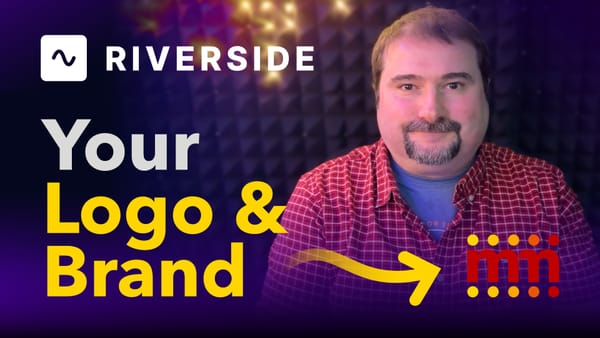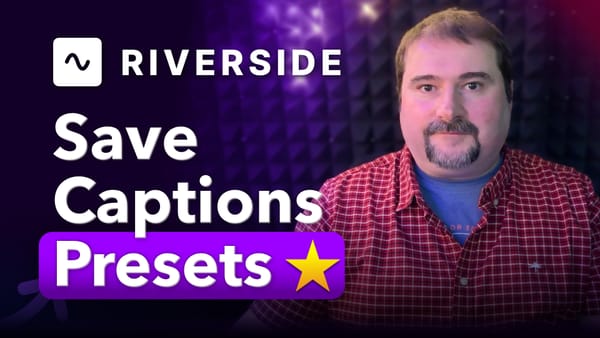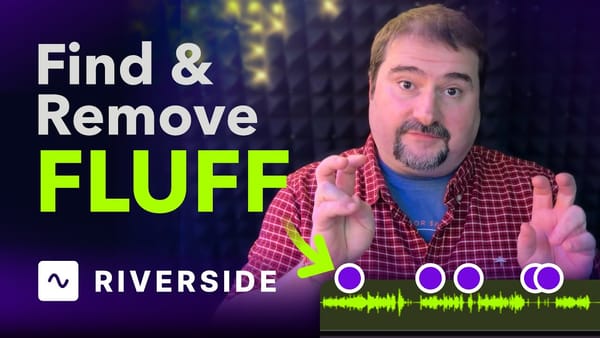Selectively Hide Captions in Descript Using Scenes

If you are looking to manage caption (or other object or layer) visibility in your Descript video for specific portions, this tutorial is for you. Whether you're creating educational content, presentations, or social media videos, there are times when you need to temporarily hide captions to prevent text overlap or create cleaner visuals.
Let me show you exactly how to do it.
Prerequisites: Before diving into this tutorial, you should be familiar with Descript's basic interface, know how to import videos, and understand basic transcript editing.
Key Terms to Know First
Before we begin, let's clarify some important terms you'll encounter:

Descript's main interface with labeled callouts
Understanding Scenes in Descript
Scenes are powerful tools in Descript that go beyond basic caption management:
In order to show or hide various layers (such as captions) in one scene only, we need to separate the content into scenes first, and create a separate scene for the content with captions, then one scene without captions, and then another scene going back to the captions layout.
To create scenes, we use something called 'scene boundaries'. They are the separators between scenes.
Three Ways to Create Scene Boundaries
Method 1: Text Selection (Fastest for Visible Text)

Select text and press / to create a scene surrounding the selection
Note: While this is the quickest method, it might be challenging if your desired scene text spans multiple screens.
Method 2: Manual Boundary Placement
Method 3: Timeline Precision

Add scene boundary directly on the timeline
Removing Captions from Your Scene
After creating your scene, select that scene either by:
Then remove the captions:

Select the scene, select the captions, delete
After following these steps:
Descript's scenes are a powerful way to control layout across your entire episode or video. When they were introduced, they opened up a world of possibilities for changing multi-camera angles, making layers appear, disappear, or change positioning.
I have several videos on my YouTube channel, all dealing with Descript's scenes, converting Zoom calls into multi-cam edits, and more.





